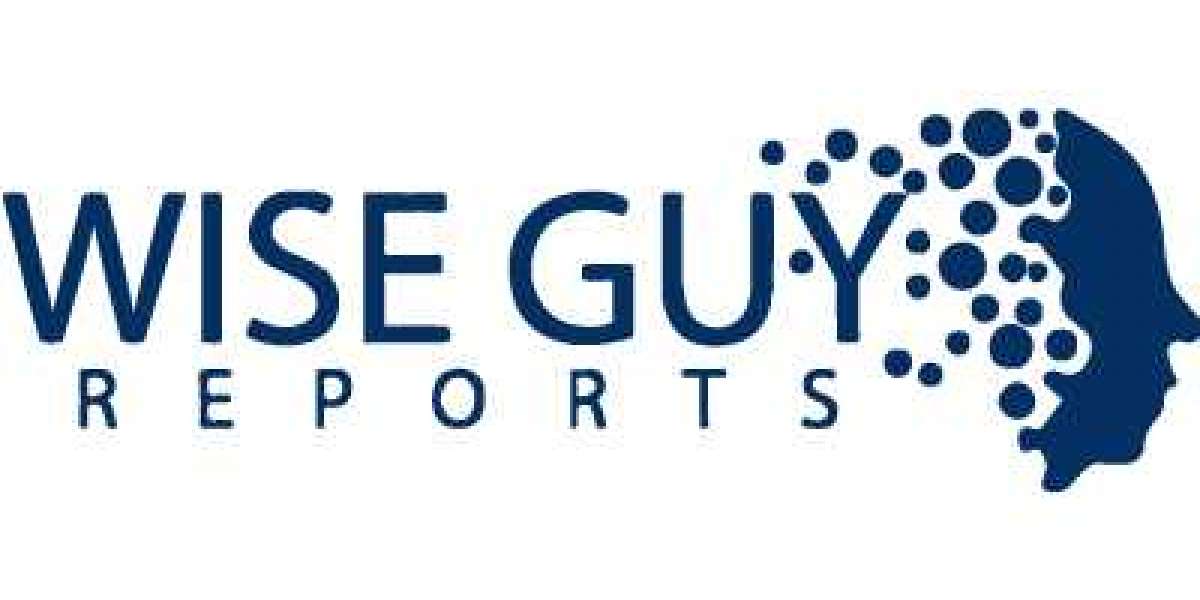Portable Biofeedback Device: Personalized Wellness at Your Fingertips
The burgeoning wellness market is witnessing a surge in popularity for portable biofeedback devices. These compact technologies empower individuals to gain real-time insights into their physiological responses, facilitating greater self-awareness and promoting proactive management of stress, anxiety, and overall well-being.
Portable biofeedback devices utilize sensors to monitor various bodily functions, such as heart rate variability (HRV), skin conductance (electrodermal activity), respiration, and even brainwave activity in some advanced models. This data is then processed and presented to the user through a connected mobile application or dedicated display, often in the form of visual or auditory feedback. This immediate feedback loop enables users to identify their physiological responses to different situations and learn techniques to influence these responses for improved mental and physical states.
Key Benefits and Applications Driving Adoption:
The increasing adoption of portable biofeedback devices is driven by a multitude of benefits and diverse applications:
- Stress and Anxiety Management: By providing real-time feedback on stress indicators like HRV and skin conductance, these devices help users become more aware of their body's stress response. Guided exercises and personalized insights then assist in learning relaxation techniques, such as deep breathing and mindfulness, to mitigate stress and anxiety effectively.
- Improved Sleep Quality: Some portable biofeedback devices monitor physiological parameters related to sleep, offering insights into sleep patterns and quality. This information can guide users in adopting healthier sleep habits and relaxation techniques to improve sleep duration and restorative rest.
- Enhanced Focus and Cognitive Performance: Certain advanced devices, particularly those utilizing EEG technology, can provide feedback on brainwave activity associated with focus and attention. This can be valuable for individuals seeking to improve concentration and cognitive performance through neurofeedback training.
- Personalized Wellness Insights: Portable biofeedback devices offer a unique window into an individual's physiological responses, providing personalized data that can inform lifestyle choices and wellness practices. Users can track their progress over time and gain a deeper understanding of how different activities and environmental factors impact their bodies.
- Convenience and Accessibility: The portability and ease of use of these devices make biofeedback training accessible to a wider audience. Users can engage in sessions at their convenience, in various settings, without the need for specialized clinical environments.
Diverse Types of Portable Biofeedback Devices:
The market offers a range of portable biofeedback devices catering to different needs and preferences:
- Heart Rate Variability (HRV) Monitors: These devices, often in the form of chest straps or finger sensors, track the variation in time intervals between heartbeats. HRV is a key indicator of the autonomic nervous system's balance and a valuable metric for assessing stress and recovery.
- Electrodermal Activity (EDA) Sensors: Typically worn on the wrist or fingers, EDA sensors measure changes in skin conductance, which is influenced by sweat gland activity and a marker of emotional arousal and stress.
- Respiration Monitors: Some portable devices utilize sensors placed around the chest or abdomen to track breathing patterns, providing feedback to guide users towards calmer and more regulated breathing.
- Mobile EEG Headbands: These consumer-grade EEG devices use sensors on the scalp to monitor brainwave activity, offering insights into different mental states and enabling neurofeedback exercises.
The information provided here is for general knowledge and informational purposes only and does not constitute medical advice. Consulting with a healthcare professional is recommended for specific health concerns.








